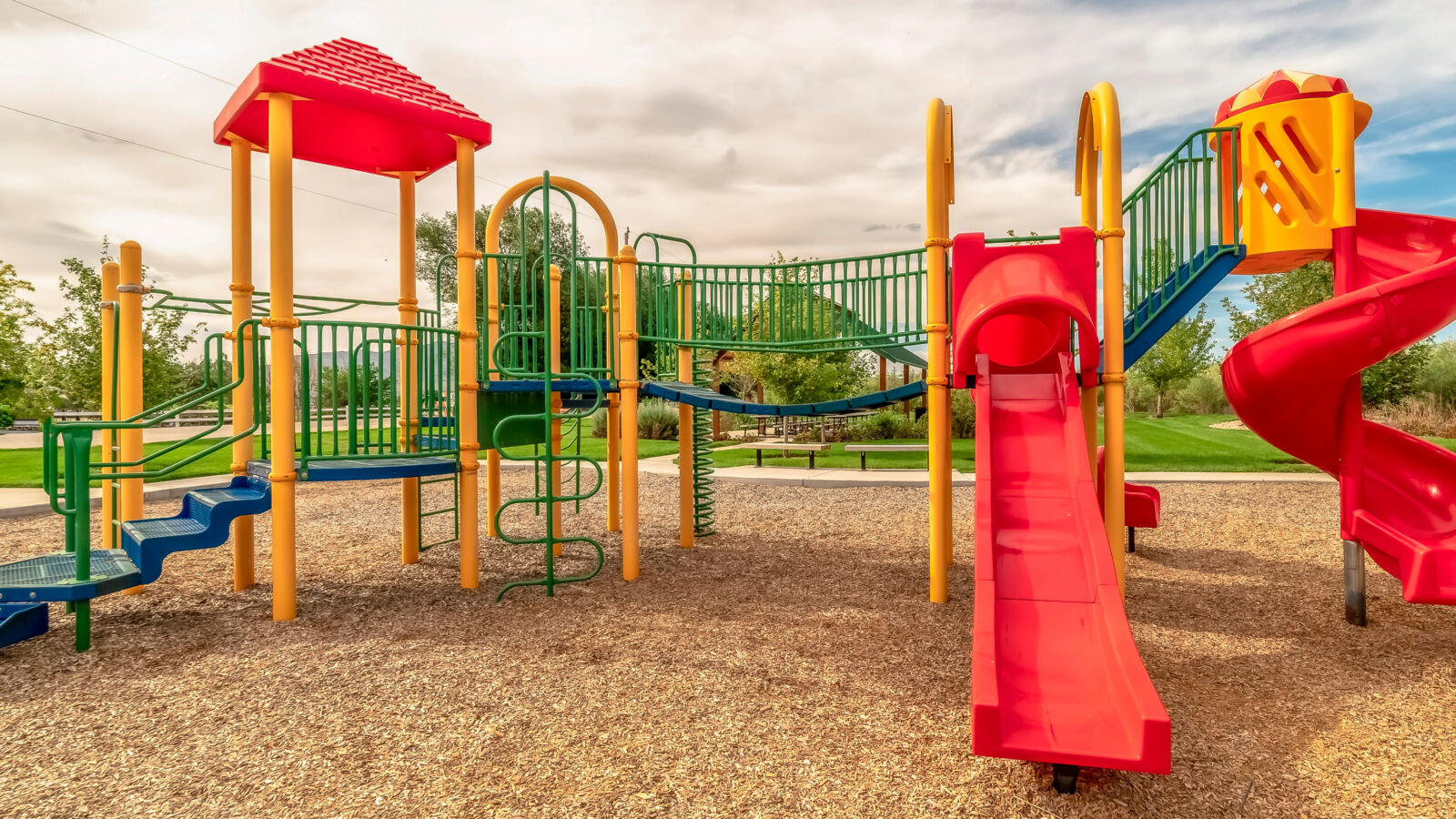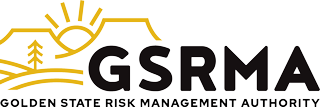
Playgrounds provide children with opportunities for physical activity, socialization, and imaginative play. However, unsafe playground conditions put children at risk for injury. According to the Consumer Product Safety Commission (CPSC), approximately 200,000 children go to U.S. hospital emergency departments each year for injuries associated with playground equipment. Of these, an estimated 79% occur on public playgrounds, while 21% happen on home playgrounds. The most common causes are falls, being struck by equipment, and entanglement.
In California, public playgrounds are required by law to be inspected annually by certified inspectors. Additionally, more frequent inspections by staff can identify emerging issues between annual certified inspections.
These regular inspections and proper maintenance outlined in this checklist are key to reducing hazards, keeping playgrounds safe, and protecting public entities from potential legal action in the event of an injury.
Playground inspection checklist:
Surfacing
- Ensure transitions between different ground surfaces are less than 0.5 inches high. Tripping hazards and uneven transitions can cause falls and injuries.
- Check that loose-fill surfacing materials like mulch, sand, or wood chips are maintained at the proper depth according to the Consumer Product Safety Commission (CPSC) guidelines. For instance, 12 inches of loose fill is recommended beneath playground equipment like swings, slides, and climbing structures. Proper loose-fill depths are essential for cushioning falls.
- Surfacing should have no weeds, debris, rocks, or other foreign objects that create trip-and-fall hazards. Rake and groom periodically.
- Check that rubber unitary surfacing retains shock-absorbing properties with no cracks, gaps, deterioration, or vandalism. Unitary surfacing should be seamless and installed per manufacturer guidelines.
- Drainage for all surfaces should direct water away from play areas. Standing water can breed bacteria and mold.
Equipment
- All equipment and components must meet current ASTM and CPSC safety standards. Check for any broken parts, damaged hardware, decay, vandalism, etc. Replace anything compromised.
- Ensure warning labels are present and legible. Signs should note proper use and age appropriateness. Replace faded signs.
- Check for rust, sharp edges, exposed concrete footings, and protruding bolts. Sand and paint as needed.
- Ensure barriers, guardrails, and handrails are properly installed and secure per guidelines. Replace missing sections.
- Check for damaged plastic and metal components – cracks, cuts, bends, etc. Replace instead of repairing.
- Ensure there are no overhanging branches or objects within 84 inches of the equipment. Trim vegetation regularly.
- Check for entrapment hazards like openings between 3.5-9 inches. ENTMR.org provides diagrams of entrapment dangers to avoid.
- Border edging should be intact with no tripping points.
It is recommended that playground inspections cover all factors on a comprehensive written checklist. This ensures no safety issues are overlooked. Document any defects found during inspections and prioritize repairs based on risk level. For example, loose anchoring cables on a swing set should be addressed immediately, while minor cosmetic issues can wait.
Be sure to reference current CPSC and ASTM playground standards documents for additional details on appropriate surfacing depths, use zones, entrapment hazards to avoid, recommended equipment specifications, and other safety fundamentals. These standards are periodically updated to reflect the latest safety research. Staying current is crucial.
Most importantly, ensure that you schedule regular inspections and perform necessary maintenance in a timely manner. Preventative upkeep and early issue detection are far more effective than reacting after problems arise. Public entities in California have a legal and moral obligation to ensure playgrounds are compliant, hazard-free, and suitable for the community’s children. Follow these comprehensive inspection best practices, reference safety guidelines, document diligently, and promptly address any identified risks. The result will be vibrant, fun playgrounds where families feel comfortable, and children are protected.
Let us know if you have any other playground safety questions! We’re happy to provide resources and guidance to support your proactive inspection and maintenance efforts to create an enjoyable, injury-free play environment.

